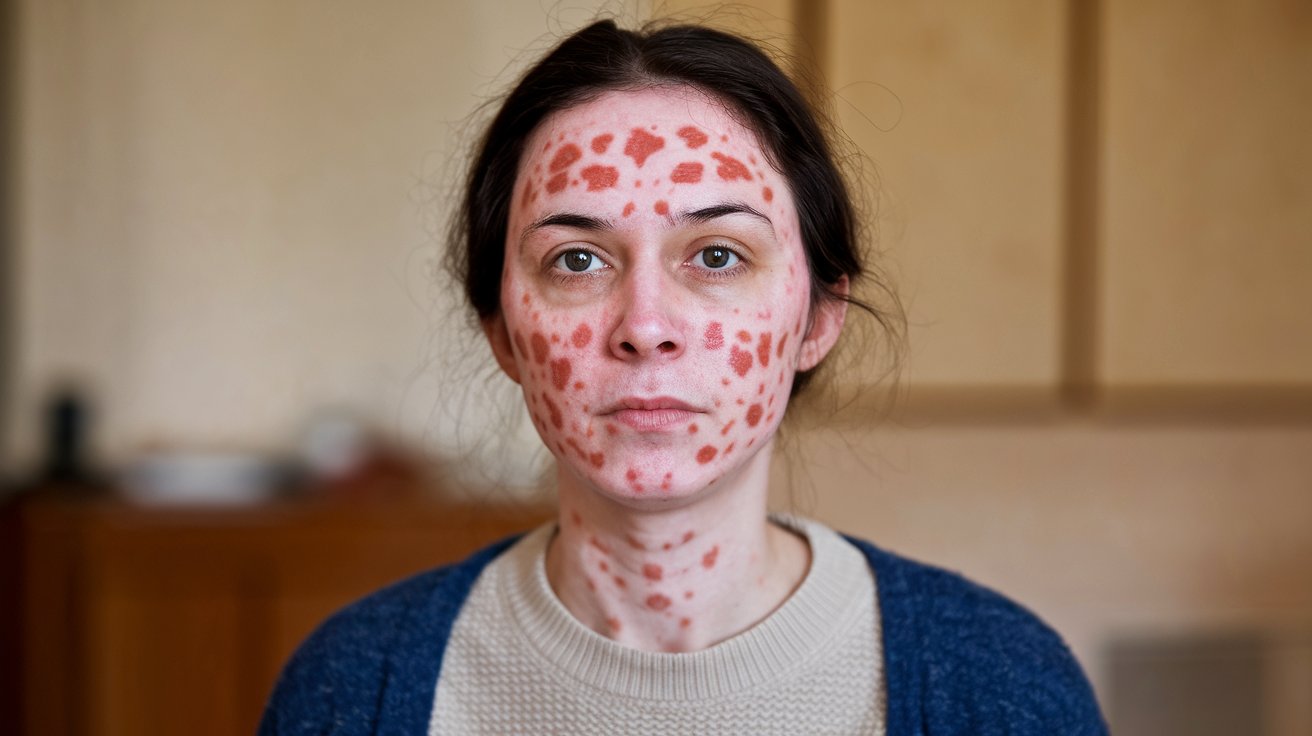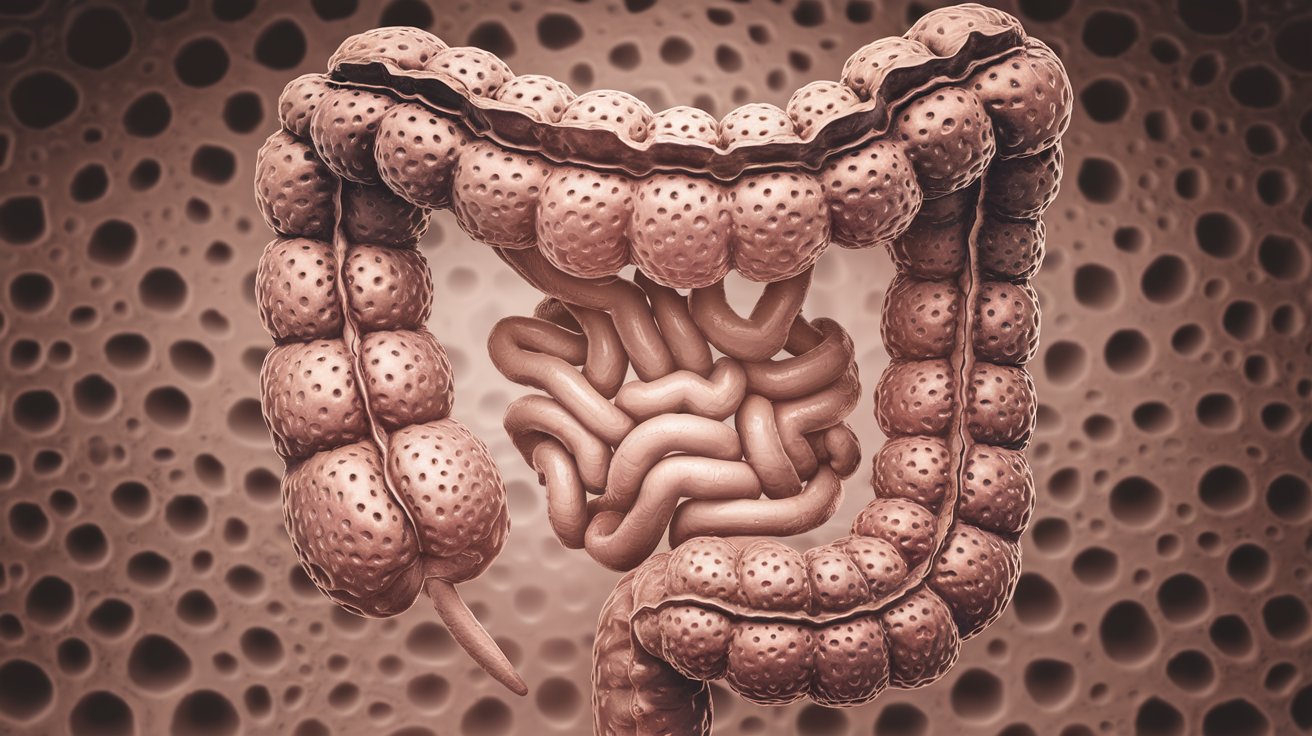
What is Becker Disease? Becker Muscular Dystrophy (BMD) is a genetic disorder causing progressive muscle weakness and degeneration. Unlike its more severe counterpart, Duchenne Muscular Dystrophy (DMD), BMD typically manifests later in childhood or adolescence and progresses more slowly. Affecting about 1 in 30,000 to 1 in 50,000 males worldwide, BMD results from mutations in the dystrophin gene, which is crucial for muscle function. This condition is inherited in an X-linked recessive pattern, meaning it primarily affects males, while females can be carriers. Symptoms often include muscle cramps, fatigue, and difficulty walking, but with proper management, individuals can maintain a good quality of life.
Understanding Becker Muscular Dystrophy
Becker Muscular Dystrophy (BMD) is a genetic disorder that affects muscles, causing them to weaken and degenerate over time. It shares similarities with Duchenne Muscular Dystrophy (DMD) but is generally milder. Let's dive into some key facts about this condition.
-
Definition: BMD is a genetic disorder marked by progressive muscle weakness and degeneration. It stems from mutations in the dystrophin gene.
-
Prevalence: BMD is less common than DMD, affecting about 1 in 30,000 to 1 in 50,000 males globally. Prevalence varies by population.
-
Inheritance: BMD follows an X-linked recessive inheritance pattern. The mutated gene is on the X chromosome, making males more likely to exhibit symptoms.
-
Symptoms: Symptoms usually appear in late childhood or early adolescence. They include muscle weakness, especially in muscles close to the trunk, muscle wasting, cramps, fatigue, and difficulty walking.
-
Muscle Weakness: Muscle weakness in BMD is progressive, often starting in the lower limbs and spreading to other muscle groups over time.
The Role of Dystrophin
Dystrophin is a crucial protein for muscle function. In BMD, mutations in the dystrophin gene lead to problems with this protein.
-
Dystrophin Protein: The dystrophin protein is vital for muscle health. In BMD, the gene mutation results in a partially functional or truncated dystrophin protein, leading to muscle degeneration.
-
Genetic Testing: Genetic testing can diagnose BMD by analyzing the dystrophin gene for mutations. Prenatal testing is also available for families with a history of the disorder.
-
Carrier Testing: Carrier testing helps identify females who might pass the mutated gene to their children. This testing is crucial for family planning.
-
Prenatal Diagnosis: Prenatal diagnosis involves procedures like chorionic villus sampling (CVS) or amniocentesis to check for the mutated gene in the fetus.
-
Clinical Diagnosis: A clinical diagnosis combines physical examination, medical history, and genetic testing. Muscle biopsy may confirm the diagnosis by examining muscle tissue for dystrophin.
Diagnostic and Treatment Options
Early diagnosis and comprehensive treatment can help manage BMD symptoms and improve quality of life.
-
Muscle Biopsy: A muscle biopsy involves taking a small sample of muscle tissue to check for dystrophin deficiency and rule out other conditions.
-
Treatment Options: While there's no cure for BMD, treatments can manage symptoms and slow progression. These include physical therapy, corticosteroids, and medications to reduce muscle inflammation.
-
Physical Therapy: Physical therapy helps maintain muscle strength and mobility through exercises that improve muscle function and prevent further degeneration.
-
Corticosteroids: Corticosteroids like prednisone reduce muscle inflammation and slow disease progression by suppressing the immune system.
-
Other Medications: Medications such as ACE inhibitors and beta-blockers manage heart problems and high blood pressure, common complications of BMD.
Managing Complications
BMD can lead to various complications, but proactive management can mitigate these issues.
-
Surgery: Surgery may be necessary to correct deformities or improve mobility. Orthopedic surgery can address scoliosis or other skeletal issues.
-
Heart Problems: BMD increases the risk of heart problems due to cardiac muscle degeneration. Regular cardiac monitoring is essential.
-
Respiratory Problems: Respiratory muscle weakness can cause complications like pneumonia or respiratory failure. Regular respiratory function tests and preventive measures are crucial.
-
Nutritional Support: Proper nutrition supports muscle health. A balanced diet rich in protein, vitamins, and minerals is essential.
-
Lifestyle Modifications: Avoiding heavy lifting, taking regular breaks, and engaging in low-impact exercises can help manage symptoms and slow disease progression.
Support and Research
Support groups and ongoing research play vital roles in managing BMD and finding new treatments.
-
Support Groups: Joining support groups provides emotional support and connects individuals with others facing similar challenges. These groups offer valuable resources and advice.
-
Research and Development: Ongoing research aims to develop new treatments for BMD. Gene therapy, for example, holds promise in restoring dystrophin production.
-
Genetic Counseling: Genetic counseling helps families understand the risks and implications of BMD, providing guidance on reproductive options.
-
Palliative Care: Palliative care focuses on improving quality of life for individuals with chronic conditions like BMD, managing symptoms, and providing emotional support.
-
Advancements in Diagnosis: Advances in diagnostic techniques, such as next-generation sequencing (NGS), have improved the accuracy and speed of genetic testing for BMD, aiding early diagnosis and timely intervention.
Understanding Becker Disease
Becker Muscular Dystrophy (BMD) is a genetic disorder causing progressive muscle weakness and degeneration. Affecting about 1 in 30,000 to 1 in 50,000 males, BMD stems from mutations in the dystrophin gene. Symptoms usually appear in late childhood or early adolescence, starting with muscle weakness in the lower limbs. Genetic testing, muscle biopsies, and clinical evaluations help diagnose BMD. While there's no cure, treatments like physical therapy, corticosteroids, and medications can manage symptoms and slow progression. Regular cardiac and respiratory monitoring is crucial due to associated complications. Lifestyle changes, proper nutrition, and support groups also play vital roles in managing the condition. Ongoing research and advancements in genetic testing offer hope for better treatments. Understanding BMD helps individuals and families navigate its challenges, ensuring comprehensive care and improved quality of life.
Was this page helpful?
Our commitment to delivering trustworthy and engaging content is at the heart of what we do. Each fact on our site is contributed by real users like you, bringing a wealth of diverse insights and information. To ensure the highest standards of accuracy and reliability, our dedicated editors meticulously review each submission. This process guarantees that the facts we share are not only fascinating but also credible. Trust in our commitment to quality and authenticity as you explore and learn with us.


